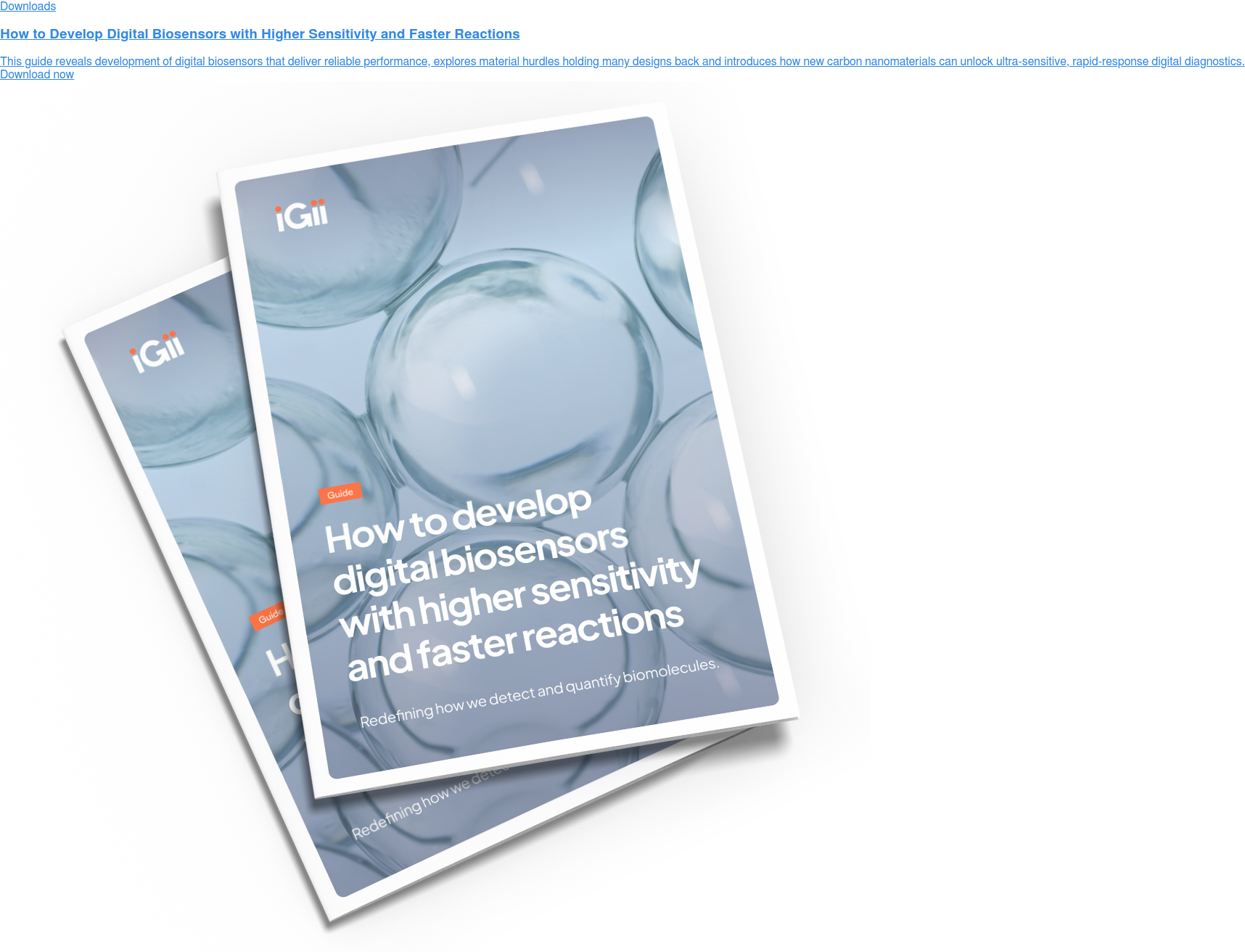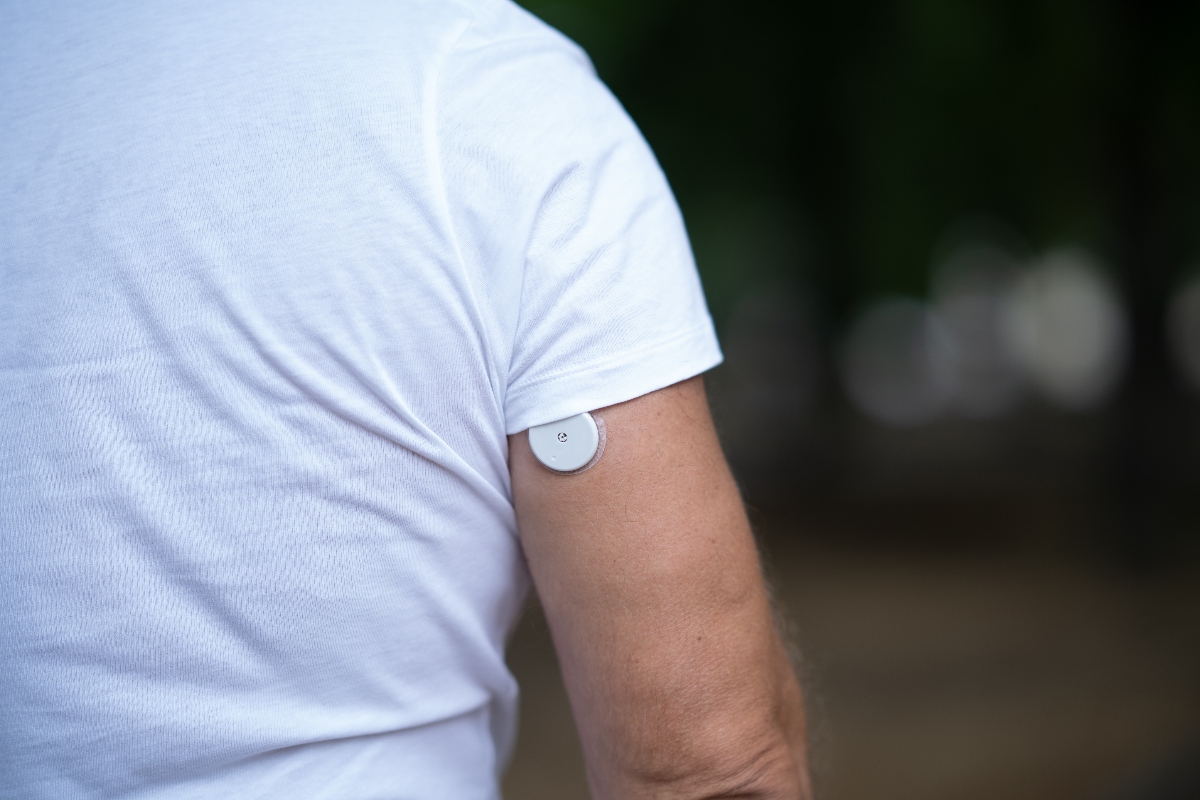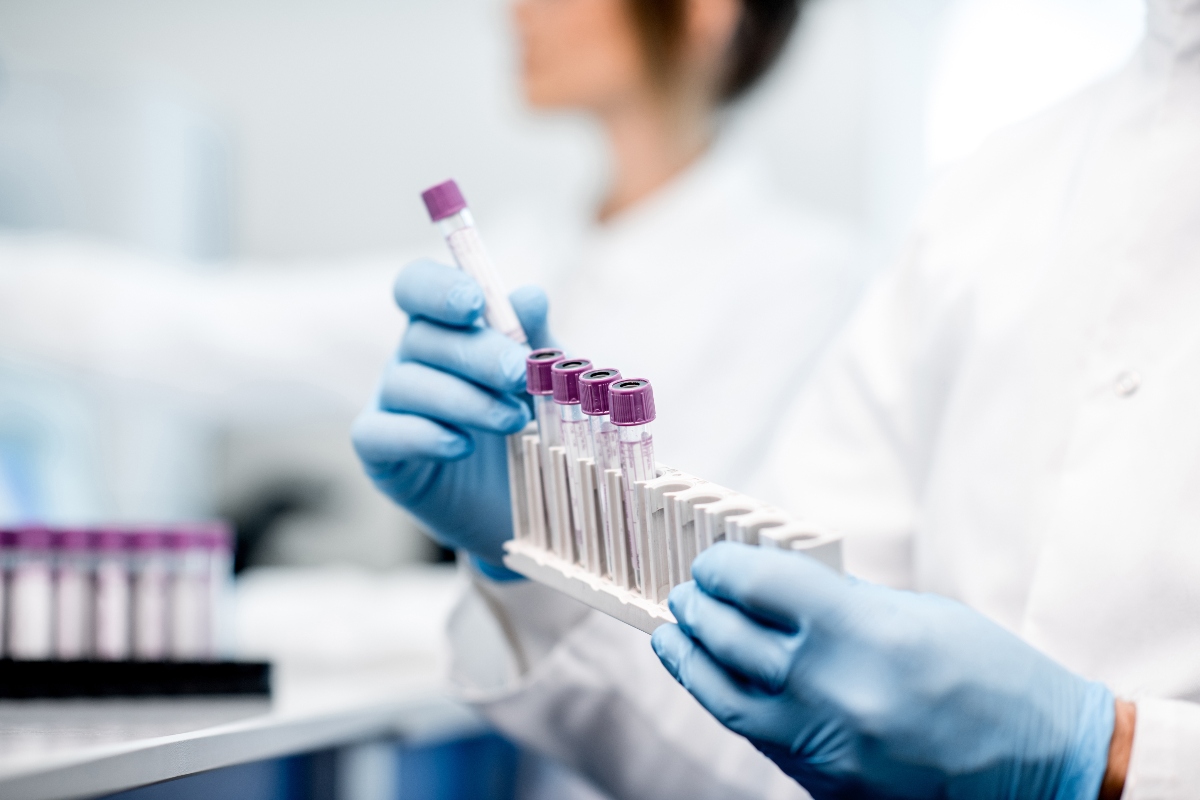Digital biosensors are changing the way we detect and measure biological interactions. They have the potential to offer single-molecule precision, instant results and the potential for truly portable diagnostics. But behind the promise of rapid, lab-free testing lies a complex engineering challenge of how to achieve stable, noise-free signals and reliable bioreceptor performance in real-world conditions.
Our latest guide explores how leading researchers are tackling those challenges. It breaks down the key factors that determine biosensor speed and sensitivity, from electrode design to surface chemistry and reveals how new carbon nanomaterials like Gii are paving the way for scalable, high-performance devices. If you’re developing digital biosensors or planning your next diagnostic innovation, this guide will be invaluable.

 How to develop digital biosensors with higher sensitivity and faster reactions"
class="w-full h-full object-cover"
/>
How to develop digital biosensors with higher sensitivity and faster reactions"
class="w-full h-full object-cover"
/>
 How to develop digital biosensors with higher sensitivity and faster reactions"
class="w-full h-full object-cover"
/>
How to develop digital biosensors with higher sensitivity and faster reactions"
class="w-full h-full object-cover"
/>

.jpg)

